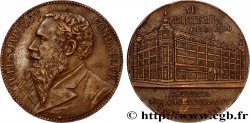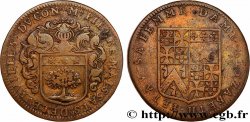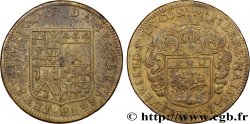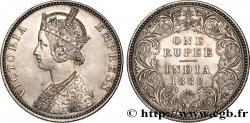Back 1/1
Live auction - fme_906421 - III REPUBLIC Médaille, Élection de Sadi Carnot
You must signin and be an approved bidder to bid, LOGIN TO BID. Accounts are subject to approval and the approval process takes place within 48 hours. Do not wait until the day a sale closes to register. Clicking on "BID" constitutes acceptance of the terms of use of cgb.fr private live auctions.
Bids must be placed in whole Euro amounts only. The sale will start closing at the time stated on the item description; any bids received at the site after the closing time will not be executed. Transmission times may vary and bids could be rejected if you wait until the last second. For further information check the Live auction FAQ
All winning bids are subject to a 18% buyer’s fee.
All winning bids are subject to a 18% buyer’s fee.
| Estimate : | 120 € |
| Price : | 62 € |
| Maximum bid : | 158 € |
| End of the sale : | 09 April 2024 18:00:22 |
| bidders : | 2 bidders |
Type : Médaille, Élection de Sadi Carnot
Date: 1887
Metal : bronze
Diameter : 68,5 mm
Orientation dies : 12 h.
Engraver DUBOIS Alphée (1831-1905)
Weight : 160,78 g.
Edge : lisse + corne BRONZE
Puncheon : corne BRONZE
Coments on the condition:
Patine hétérogène. Présence de quelques rayures
Obverse
Obverse legend : CARNOT PRÉSIDENT DE LA RÉPUBLIQVE FRANÇAISE.
Obverse description : Buste habillé de Sadi Carnot à gauche, signé : ALPHEE DUBOIS.
Reverse
Reverse legend : CARNOT / ÉLV PRÉSIDENT DE LA / RÉPVBLIQVE FRANÇAISE / PAR L’ASSEMBLÉE NATIONALE / LE III DÉCEMBRE / MDCCCLXXXVII.
Reverse description : Légende en six lignes dans un cartouche entre deux branches de chêne.
Commentary
Médaille conservée dans une boîte cartonnée bordeaux.
Sadi Carnot, né le 11 août 1837 à Limoges et mort le 25 juin 1894 à Lyon (3e arrondissement), de son nom complet Marie François Sadi Carnot, est un homme d'État français. Il fut président de la République du 3 décembre 1887 jusqu'à ce qu'il meure assassiné le 25 juin 1894.
Haut fonctionnaire de carrière, Sadi Carnot, avant de se faire élire à l'Élysée, avait assumé de nombreuses charges politiques et gouvernementales : député de la Côte-d'Or, préfet de la Seine-Inférieure, puis sous-secrétaire d'État aux Travaux, il fut nommé ministre des Travaux publics, puis des Finances.
Dans un contexte d'agitation syndicale et anarchiste, les lois restreignant les libertés individuelles et la presse venaient d'être votées, Sadi Carnot est l'une des cibles du mouvement anarchiste ayant refusé la grâce de Ravachol, d'Auguste Vaillant, auteur de l'attentat à la Chambre des députés et d'Émile Henry. Il est blessé d'un coup de poignard par l'anarchiste italien Sante Geronimo Caserio le 24 juin 1894, alors qu'il quittait, par une issue secondaire pour éviter la foule, un banquet organisé à la Chambre de commerce à l'occasion de l'exposition universelle, internationale et coloniale à Lyon. Le député Gaston Doumergue, futur président de la République, est témoin de la scène. Caserio est guillotiné le 16 août suivant pour le crime.
Le président de la République meurt des suites de ses blessures, peu après minuit, le 25 juin 1894.
Son assassinat fait adopter par la Chambre la dernière et la plus marquante des lois scélérates visant les anarchistes et leur interdisant tout type de communication. Elle a été abrogée en 1992.
Il repose au Panthéon de Paris avec son grand-père Lazare Carnot.
Sadi Carnot, né le 11 août 1837 à Limoges et mort le 25 juin 1894 à Lyon (3e arrondissement), de son nom complet Marie François Sadi Carnot, est un homme d'État français. Il fut président de la République du 3 décembre 1887 jusqu'à ce qu'il meure assassiné le 25 juin 1894.
Haut fonctionnaire de carrière, Sadi Carnot, avant de se faire élire à l'Élysée, avait assumé de nombreuses charges politiques et gouvernementales : député de la Côte-d'Or, préfet de la Seine-Inférieure, puis sous-secrétaire d'État aux Travaux, il fut nommé ministre des Travaux publics, puis des Finances.
Dans un contexte d'agitation syndicale et anarchiste, les lois restreignant les libertés individuelles et la presse venaient d'être votées, Sadi Carnot est l'une des cibles du mouvement anarchiste ayant refusé la grâce de Ravachol, d'Auguste Vaillant, auteur de l'attentat à la Chambre des députés et d'Émile Henry. Il est blessé d'un coup de poignard par l'anarchiste italien Sante Geronimo Caserio le 24 juin 1894, alors qu'il quittait, par une issue secondaire pour éviter la foule, un banquet organisé à la Chambre de commerce à l'occasion de l'exposition universelle, internationale et coloniale à Lyon. Le député Gaston Doumergue, futur président de la République, est témoin de la scène. Caserio est guillotiné le 16 août suivant pour le crime.
Le président de la République meurt des suites de ses blessures, peu après minuit, le 25 juin 1894.
Son assassinat fait adopter par la Chambre la dernière et la plus marquante des lois scélérates visant les anarchistes et leur interdisant tout type de communication. Elle a été abrogée en 1992.
Il repose au Panthéon de Paris avec son grand-père Lazare Carnot.







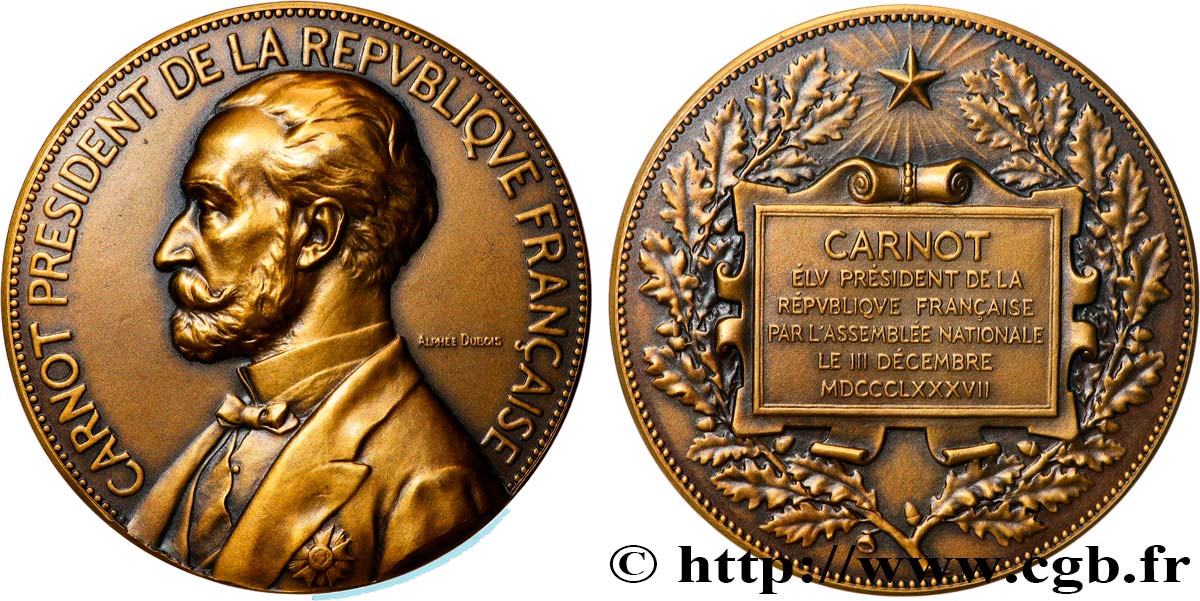
 Report a mistake
Report a mistake Print the page
Print the page Share my selection
Share my selection Ask a question
Ask a question Consign / sell
Consign / sell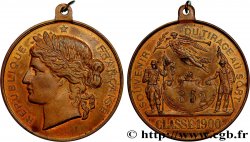
 Full data
Full data




